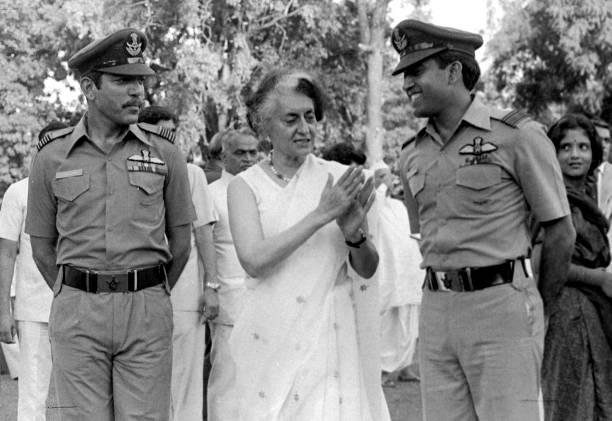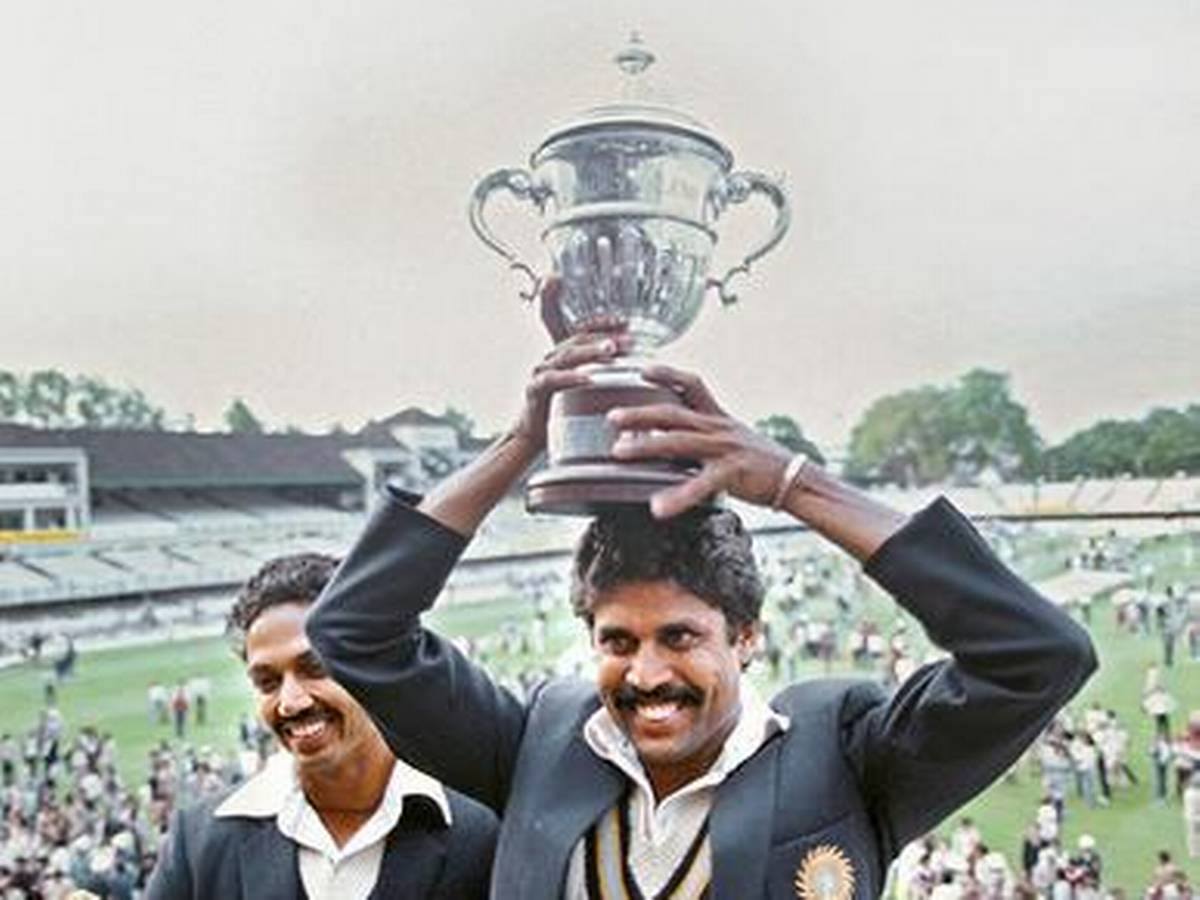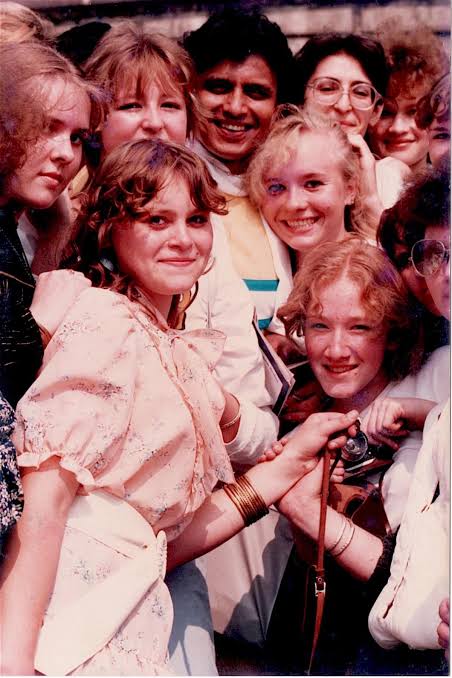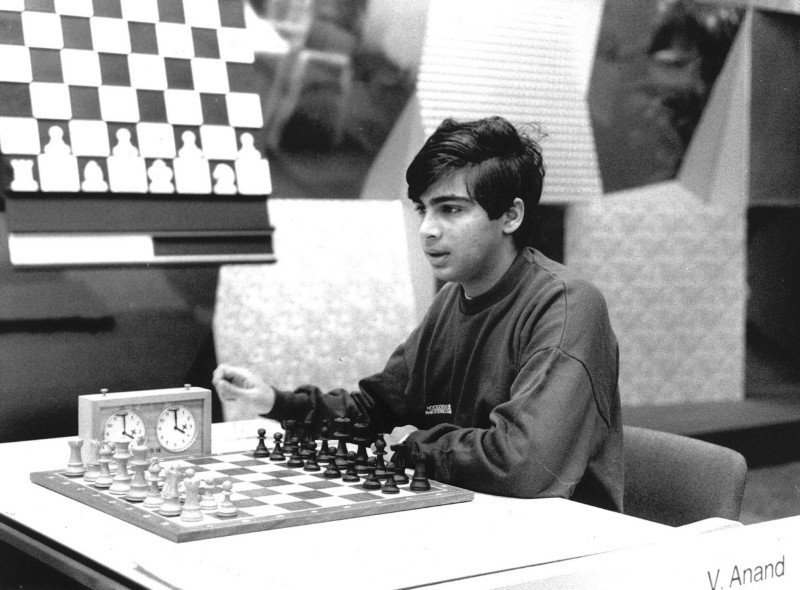Saquib Salim
The decade of the 1980s saw the assassination of Indira Gandhi, Operation Blue Star, the Indian cricket team winning the World Cup, communal riots, and the rise of regional politics.
During this decade, five youth icons who impacted the Indians are:
Rakesh Sharma
One of the most common career choices for a child growing up in the 1980s was space exploration. “I want to go to space,” would be the reply from any child of that period. They were inspired by Squadron Leader Rakesh Sharma, the first Indian to go to space. In 1981, the USSR and India agreed to send a joint space mission.

Prime Minister Indira Gandhi with Wing Commander Ravish Malhotra (Left) and Squadron Leader Rakesh Sharma
The Indian Air Force selected 150 of its best pilots for the job. Finally, Wing Commander Ravish Malhotra and Squadron Leader Rakesh Sharma were selected. On 3 April 1984, Rakesh Sharma, Yury Malyshev, and Gennadi Strakalov took off in the space station Salyut-7 onboard Soyuz T-11. Ravish Malhotra was kept on the ground as backup, a decision made public only a day before the launch.
On 4 April, Soyuz T-11 docked at Salyut-7, which already had three Russian cosmonauts. Sharma carried Indian curry and mangoes with him. He carried out experiments to study the effectiveness of Yoga and meditation in outer space. Prime Minister Indira Gandhi spoke on the telephone. She asked him, “How does India look like from space?” Sharma replied.
“Sare jahan se achcha Hindustan humara”, replied Sharma. His reply stuck in the minds and hearts of Indians.
Rakesh Sharma spent eight days in space, and on his return to Earth, he received a hero’s welcome. The government of India conferred the Ashok Chakra on him. Indians celebrated his feat.
P. T. Usha
In India, P. T. Usha is synonymous with a girl running fast. Her name is part of Indian cultural heritage. Usha emerged on the Indian athletics scene in early 1980; nobody took athletes seriously. She was the first Indian athlete to win at international events so consistently. At the 1985 Asian Championship in Jakarta, she won 5 gold medals, an unbroken record so far. She won 4 gold medals at the 1986 Asian Games and several other medals throughout the 1980s.
.jpg)
P T Usha
She missed an Olympic medal by 1/100th of a second in 1984. She clocked 55.42 seconds in the 400-meter hurdles in the finals, while during the trials, her timing was 1.68 seconds less than the world record. Therefore, she was seen as a strong contender for the gold medal. By the time she turned 20, Usha was an international star and the country's youth, especially girls, looked up to her as their role model.
Kapil Dev
India was a cricketing nation, but never won against formidable teams till the 1980s. That time, fast bowlers often led teams to victory, and India did not have pacers. Cricket commentators would say that the Indians are not able to generate pace due to their physique. A young Haryanvi Kapil Dev was to challenge this. Kapil, a shy young man, had emerged as a pacer and shown good control over line and length. He could also hit boundaries at will.
In him, India had discovered a world-class fast bowling all-rounder who was in the league of Imran Khan, Ian Botham, and Richard Hadlee.

Kapil Dev with the World Cup
Kapil was 24 when he led India to their maiden World Cup title in 1983 against the almost invincible West Indies. He captained, scored 303 runs, and took 12 wickets in the tournament. His 175 not out against Zimbabwe in a crucial game is rated as one of the best innings in the history of cricket.
After Kapil Dev, more fast bowlers emerged on the scene. Javagal Srinath joined him later. India boasted of two good pacers.
Mithun Chakraborty
Before leaving for the shoot of the James Bond extravaganza Octopussy in Udaipur, Roger Moore was asked if he knew any Hindi movie stars. ‘Yes’, he said promptly. 'Mithun, your Indian James Bond. I've seen him on video. I think he's got a good body and is better looking than me.’ The comment of the former James Bond star made in 1982 testifies to the stature of Mithun Chakraborty during the 1980s.

Mithun Chakarvorty with fans in Russia
The 1982 movie, Disco Dancer, catapulted Mithun and Bappi Lahiri into a sort of stardom that India had not witnessed before. The film introduced India to the world of disco, and the audience just went berserk. The film was a roaring success overseas, too. Mithun, in the 1980s, was not an actor; he was a cultural ambassador and a youth icon. He represented young India, which fought against the system to make it big and groove to dance numbers to enjoy leisure.
Viswanathan Anand
In 1987, 18-year-old Viswanathan Anand beat Hungarian International Master Peter Lukacs to become the First Indian Grandmaster in Chess. Earlier that year, he had already won the World Junior Chess Championship and several other tournaments since 1983. He would be awarded the Padma Shri soon after, at 18, for his achievements and the inaugural Rajiv Gandhi Khel Ratna Award.

Viswanathan Anand, Grandmaster at 18
ALSO READ: Five Indian youth icons of the 1970s
Anand is often, and not wrongly so, credited for popularising professional chess in India. Chess became a household game that could be played professionally. Before Sachin Tendulkar overtook him in the mid-1990s, Anand was the highest-earning sportsperson in India. He was the icon that was used by different products for advertising. The stardom would not wear off for at least three more decades.
